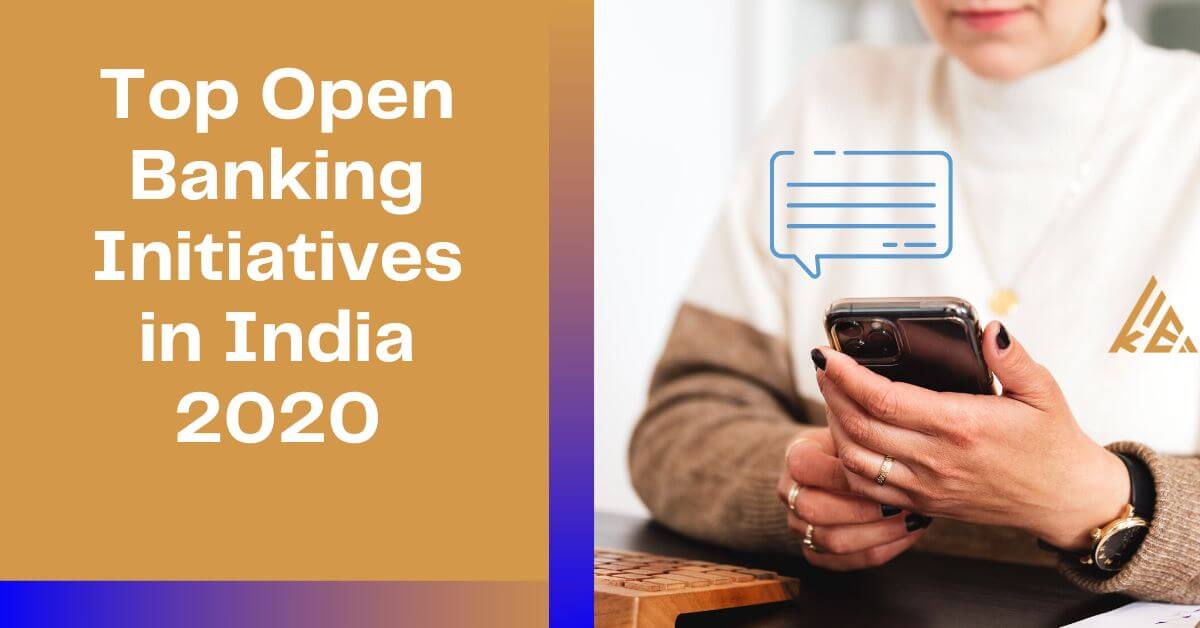
The decade began with high hopes and considerable developments in the banking industry. COVID has
presented a number of problems and adjustments to the corporate world, and the banking industry was
no exception. The banking industry, on the other hand, has recognized the need for digitization, and a
smooth open banking system is the key to achieving it. This study outlines some of India’s major Open
Banking efforts, which will pave the way for more in 2021.
Account Aggregator
For a few years, the Account Aggregator technology has been on the market. However, the Account
Aggregator system will be built by more than three businesses with the operational license. One Money,
CAMS Finserv, and Finvu are the companies in question; COVID has postponed the introduction of their
platforms until 2020. Early 2021 is only a guess based on the lack of knowledge about the debut of these
AA platforms.
Customers will be able to consent to their data being shared digitally through Account Aggregators,
enabling for seamless Open Banking. To transmit or receive data safely and digitally, the BFSI industry is
expected to rely fully on Account Aggregator services that are compatible with legislation built around
Consumer Data Protection.
The Open Credit Enablement Network (OCEN)- A non-profit organization
The Open Credit Enablement Network is a new era of financial inclusion that will liberate the country’s
credit-starved population (OCEN). The old credit paradigm has failed to offer credit to the citizens in
India who most needed it. To introduce large-scale development as well as integrating abilities into
lending platforms, this public process of selecting a logical will work closely with Account Aggregators. It
promises to deliver loans to borrowers quickly using technology-driven Open APIs that will connect the
borrower to a network of lenders rather than just one. To better service new customers, OCEN systems
prioritize use of technologies to decrease gaps in document gathering and digital loan distribution.
Individuals and MSMEs will benefit from open banking capabilities thanks to a standardized set of APIs
that may easily integrate lending abilities into their existing products and services, according to OCEN.
The Open lending model, or OCEN, has the effect of providing an uniform language for lenders to
expand and develop novel financial loan products. With the simplicity of systemized financing, there is a
larger probability of competitive pressures in the lending area, with customers in need of loans receiving
loans at attractive interest rates.
OCEN’s future will be bright, with large-scale global businesses entering the Indian lending market.
OCEN will guarantee that lending associates are a regulatory-compliant framework that will bring new
investments, innovation, and consumer centricity to the market. This would close the credit hole in the
market, allowing clients to better their lifestyle and business capacities.
Architecture for Data Empowerment and Protection
The Data Empowerment and Protection Architecture (DEPA) gives every Indian citizen control over their
personal data. DEPA uses standardized technological architecture to provide democracy to the customer
data space and service providers. DEPA enables a data-sharing platform that is secure, interoperable,
and respects privacy. Consent artifacts, an open API, and a norm for financial information are used to
share data. To enable adoption of standards for data storage and processing procedures, the Consent
Artefact will be founded on the ORGANS principle (Open, Revocable, Granular, Auditable, give Notice,
and maintain Security by Design).
In the modern era, DEPA’s data governance concept Customers will have total control of the data thanks
to the open banking system.
